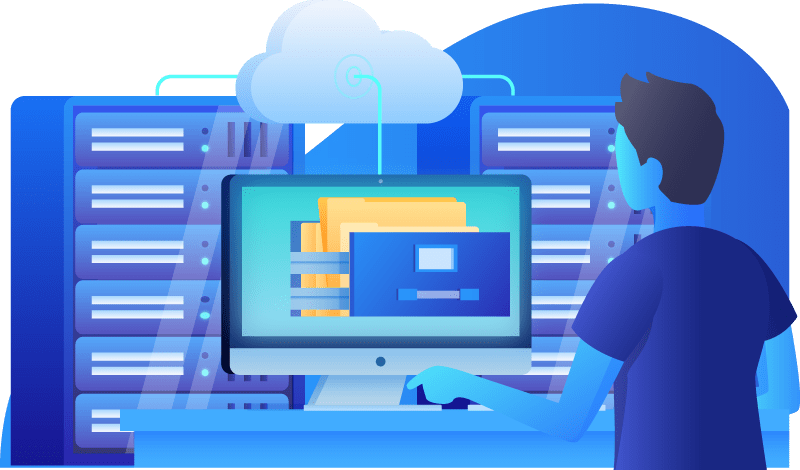The benefits of improving employee engagement are profound and varied; making just a small improvement to engagement rates is worth exploring.
We think that one of the most achievable – and most frequently overlooked – methods for improving employee engagement is to improve the nature and quality of work. This might mean improving processes, eliminating duplication of effort, simplifying tasks or changing the way employees approach tasks.

The case for employee engagement
Researchers at Gallup have conducted extensive research into employee engagement. Their findings draw a clear link between engagement and better business outcomes. Unsurprisingly, happier employees work harder. More engaged employees achieve better results in customer ratings, profitability and productivity, while reducing turnover rates, shrinkage (theft), sickness absence, safety incidents and quality control issues.
“Gallup researchers studied the differences in performance between engaged and actively disengaged work units and found that those scoring in the top half on employee engagement nearly doubled their odds of success compared with those in the bottom half.”
Approaches to improving employee engagement
So, how can your organisation improve employee engagement?
The answer to this question depends largely on the kind of workplace you have and the kind of work your employees complete. Whether or not your employees are engaged or not is usually the product of hundreds of variables, including the nature of the work, the company culture, reward, recognition, benefits, development, motivation and leadership, to name a few.
One key component to an engaged workforce is how work is designed. If employees are frustrated with their daily tasks, or required to navigate complex or inefficient processes, their job satisfaction may suffer.
Software is a common culprit when it comes to poor work design. Organisations often implement a solution for one purpose, but over time the usage may evolve, or the software adds features, and gradually users spend more time trying to bridge gaps in the application or use workarounds to accommodate changes to the workflow – and less time being productive. It is this kind of work that is most frustrating to employees, because it does not contribute value to the organisation. It saps our energy without providing a sense of achievement. Instead of adding value, workers are occupied with techno-admin. Employees rarely sustain this kind of digital bureaucracy for long without becoming disengaged.

Smarter software = engaged employees
How much of your working day is spent using software? Whatever your role, it’s probable that most of your work involves using an application. For specialist roles, such as finance, HR or procurement, you can easily spend 70% of your working day interacting with the essential software for your function.
If this software is difficult to use, then you will soon grow frustrated. It’s difficult to stay motivated and engaged if your primary software is preventing you from working efficiently and intelligently. And the more time you spend conducting basic tasks, the less time you have for your own development, or for working on more strategic projects.
Optimise your SAP solutions with Cordis
At Cordis Solutions, we develop a range of enterprise-grade solutions that provide a Microsoft Office overlay for a range of SAP applications. This gives your colleagues the simplicity and familiarity of Windows applications, but with the power and scalability of the SAP core.
Want to know more about our applications? Contact us for a free demonstration.

Recent Comments